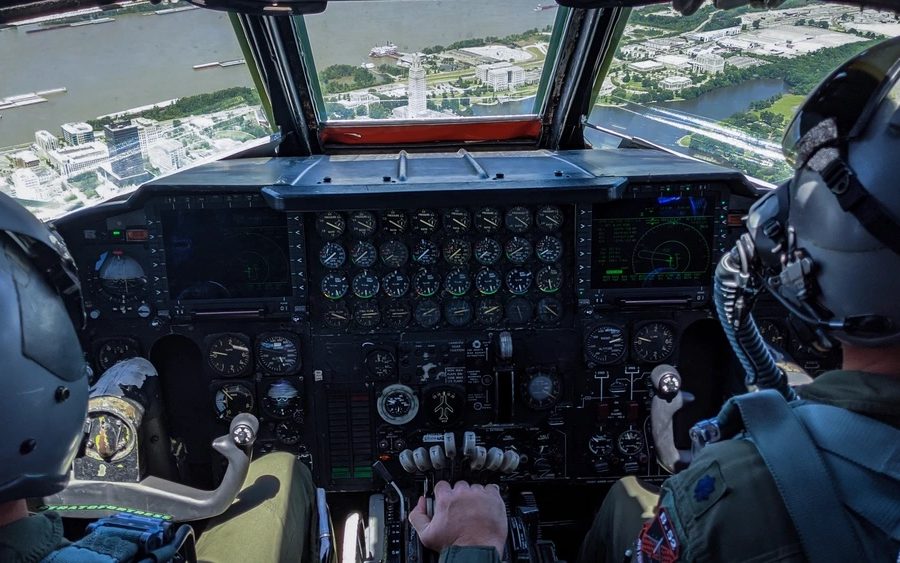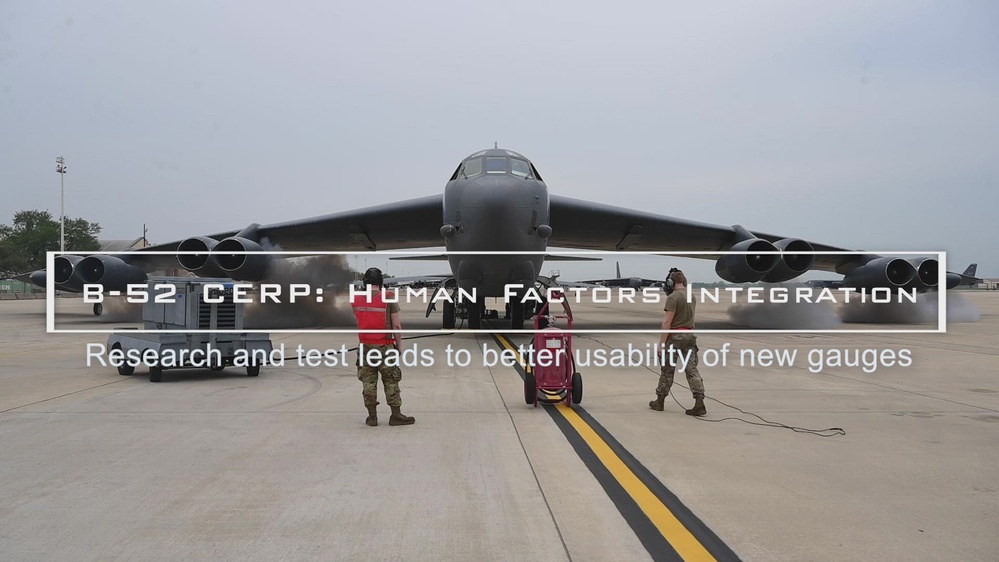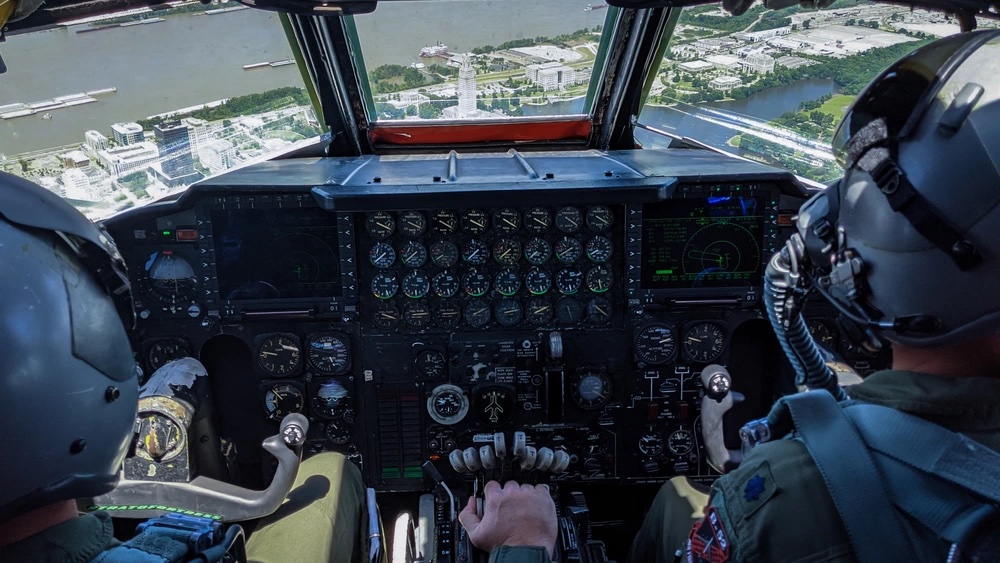Scott Kenny
ACCESS: USAP
- Joined
- 15 May 2023
- Messages
- 11,649
- Reaction score
- 14,357
Once upon a time I interviewed for a job with a now acquired airline for a performance engineer role where we discussed weight and balance for the 727. Turns out to ferry them in an airline configuration they’d have to move all of the galley carts to the front so the CoG would be in limits. So, totally believable that you’d have to put DU out front to make up for the weight aft of the CoG.
Oh, that's funny!
When we were shuffling the beasts around the hangar there were always 10-15 mechanics riding in the forward baggage bay as ballast.



